#BecomingMonumental
As part of Autograph’s exhibition, YOU NAME IT by Sasha Huber, we invited the public to respond to questions posed by the show, and to join the conversation by sending us their images responding to the theme ‘Becoming Monumental’. We received over 200 brilliant responses.
We're delighted to share a selection of submissions below, shortlisted by a panel of judges which included: the artist Sasha Huber; Autograph's Director Mark Sealy; writer and curator Roger Malbert; members of Hackney Youth Parliament Thierry Shillingford-Brown and Mia Arthur. One outstanding contribution was also selected by Huber to receive a selection of Autograph publications, including a signed copy of her new limited-edition catalogue published to accompany YOU NAME IT . The exhibition continues until 25 March 2023.

"This portrait was the final image taken as part of a wider commission by BME @ The Bar, an organisation comprised of a small number of East Midlands based Black Barristers. To witness two Black Barristers observe their own distorted image whilst embodying the power of the justice system felt remarkably poignant.
This portrait is unapologetic in how it commands your gaze, without granting the viewer the privilege of reciprocity. As a result, the photograph calls for an interrogation of the layers of Blackness, the justice system and its colonial legacy within this country."
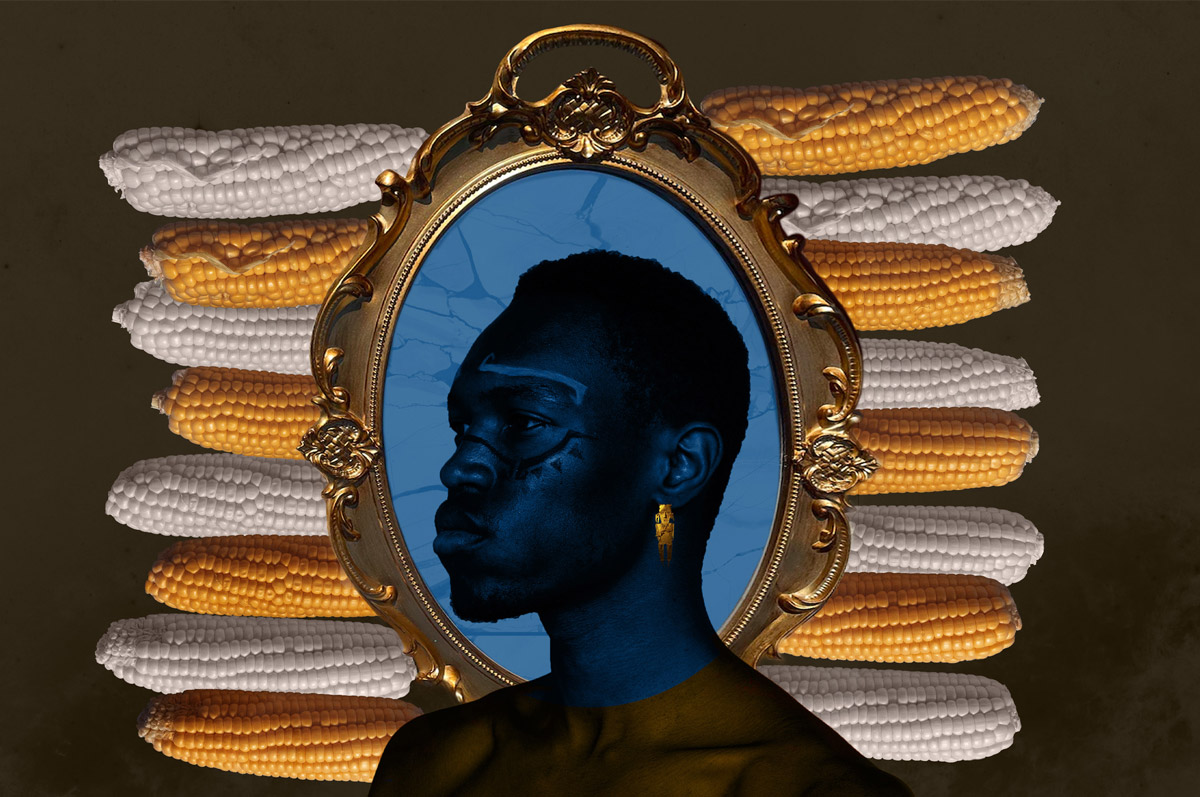
"This picture represents a social critique based on the Mesoamerican worldview. Foreign intervention in Latin America throughout history has not only generated economic and social instability but also an assault on traditions, on the relationship of the human being with the land, on deforestation and environmental degradation."
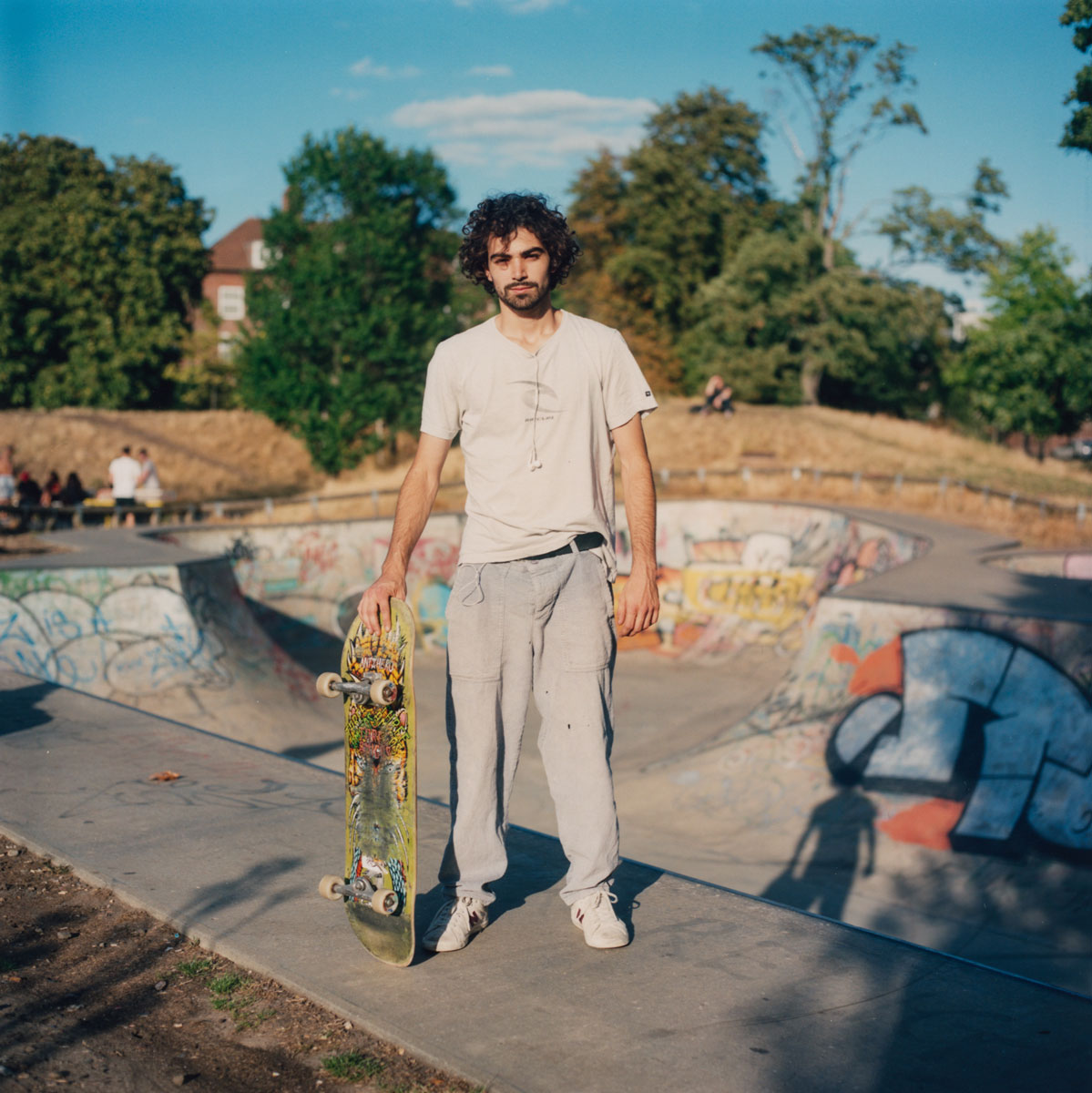
"East London is a diverse, multifaceted place. Nowhere is this more evident than in its public outdoor spaces. Shot across various courts and skateparks in the borough of Hackney, this project aims to monumentalise the characters that share these venues, spanning across ages, ethnicities, and social class."
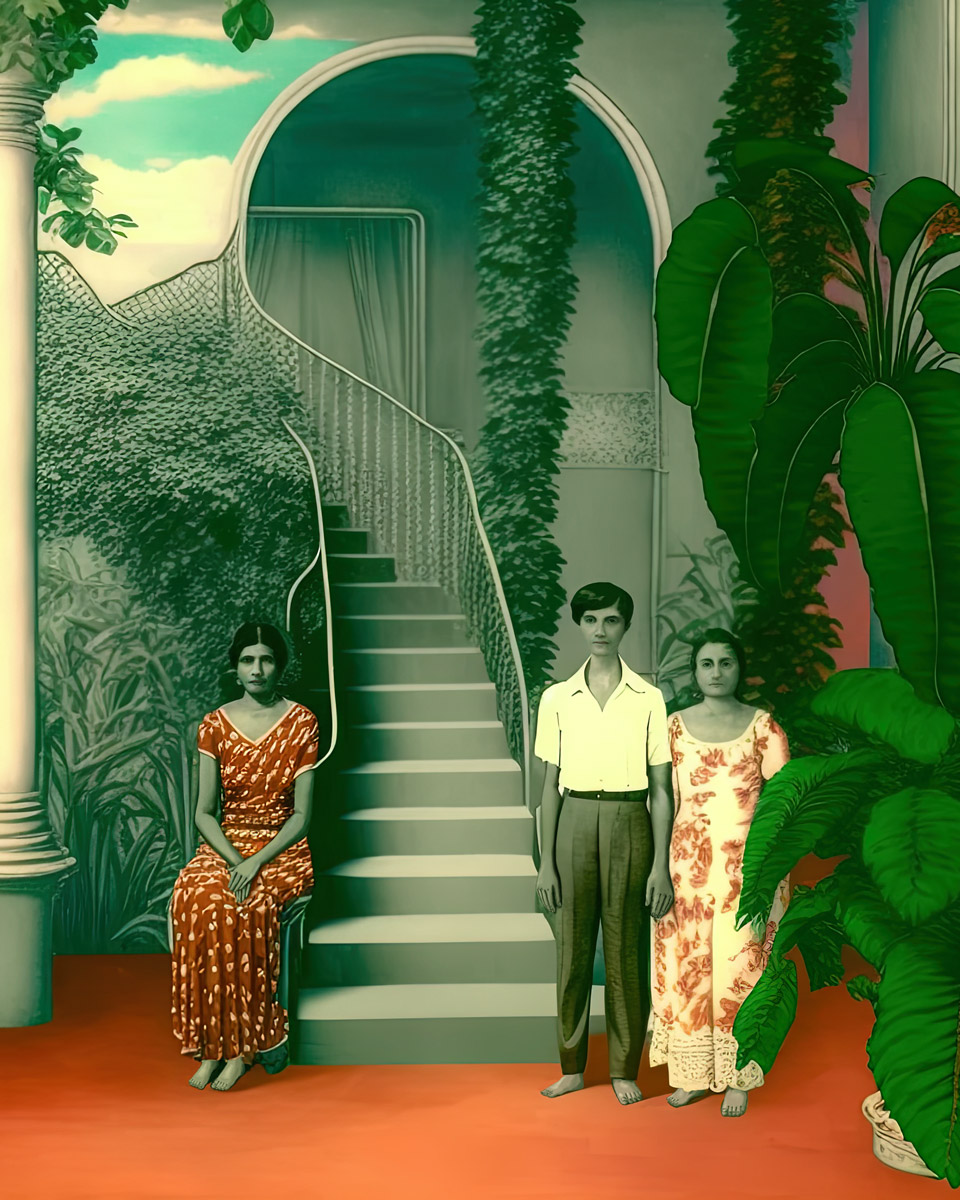
To create this work - an homage to Tirvengadum's great-grandmother - the artists researched the Indian indenture system and its impact on Tirvengadum’s Mauritian family history. They discovered that her DNA is connected to the French aristocratic surname Marrier d'Unienville, leading them to ask questions about the potential implications.
The artwork delves into the complex process of trying to uncover and understand the family’s indentured past through the use of archival photo, AI-generated imagery and digital painting.

"The title paraphrases The Prodigy’s 1994 album Music for the Jilted Generation, released to coincide with the implementation of the Criminal Justice Act. Today, anti-establishment cultures face hostility, ridicule – and perhaps worse – recuperation and commodification by capitalism.
These maquettes for monuments are not meant to be read as proposals for justly deserved monuments, but a response to the misguided view of those who demand protection for monuments to slave-traders but not for peaceful protestors. At a moment in the UK characterised by rising inequality, Brexit-fuelled nationalism, racism, transphobia, rampant capitalism, and impending environmental catastrophe there seems little to worthy of memorialisation. These monuments are anti-celebrations fitting for our time. They remember our failures in order to herald a brighter future."
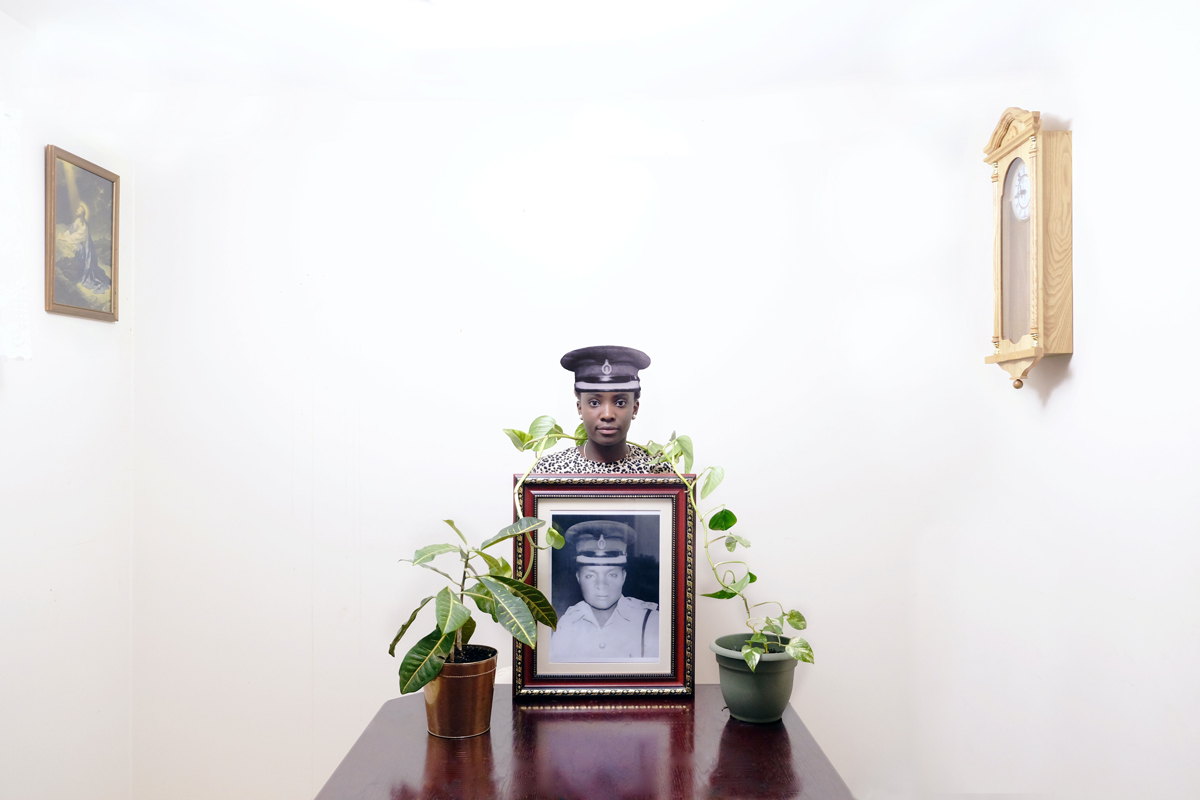
This image was selected by artist Sasha Huber to win the outstanding contribution prize: a selection of Autograph publications, including a signed copy of the new limited-edition catalogue published to accompany Sasha Huber’s exhibition.
"Forgotten Roots is a conceptual photograph that invites viewers to explore the history of ancestral veneration pre- and post-colonisation of Africa.
All three parts of the photo symbolize how over time (grandfather clock), through the introduction of western Christianity in Africa (photo of a European portrayal of Jesus), we as African people forgot the importance of honouring our ancestors and instead, began to demonise the idea. The young woman (me) is depicted with a photo of her grandfather who transitioned in the early 2000s. The pathos plant symbolizes emotion and the idea of connecting back to one’s roots. Since the introduction of Abrahamic religions, we started to perceive ancestral veneration as demonic, and as 'worshiping the dead' when in reality that is a lie that was told to us. Ancestral veneration is the African cultural honouring of our ancestors, their strength, their courage, their lives, and the life and expression that they passed onto us. It is an appreciation of lineage. It is why we are here today. It is not religious. It does not discredit religion. It is a spiritual love and remembrance of who we are."
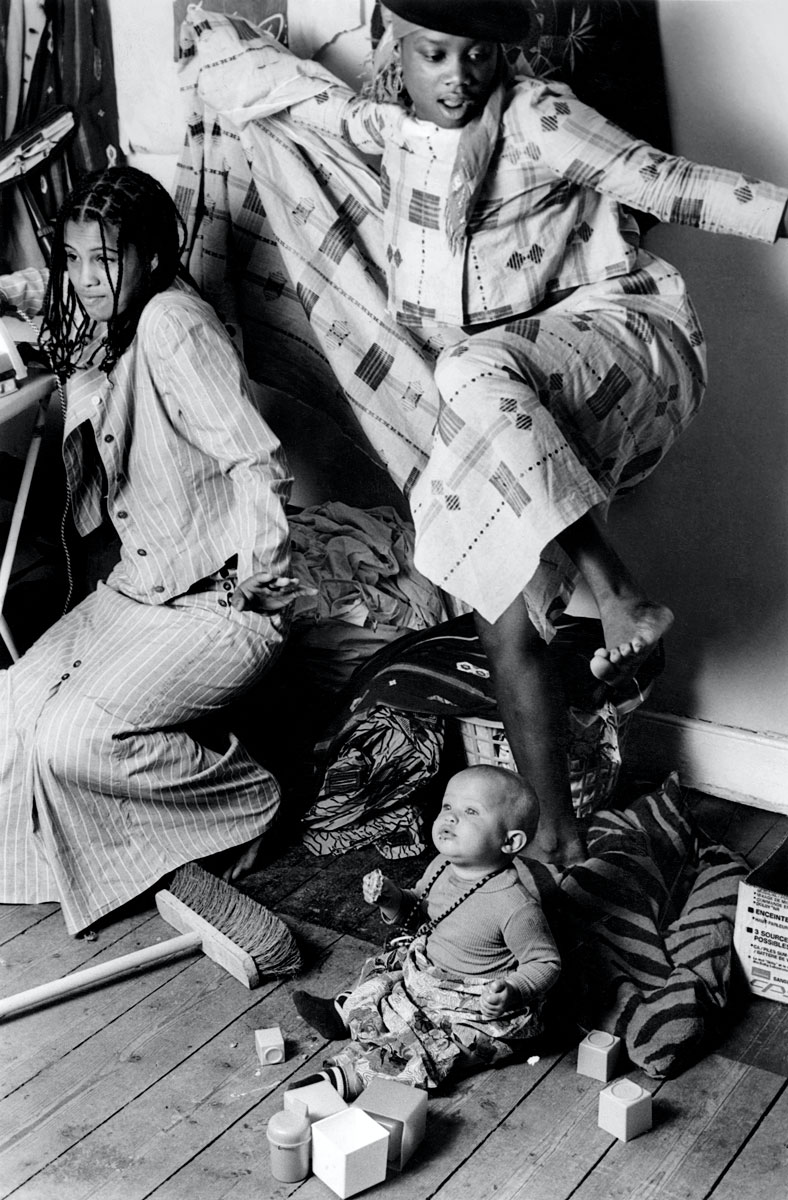
"I was living at 301 Portobello Road and both of these incredible women were a big part of my life. And still are. The photograph was taken in my sitting room. Music was playing. I can’t remember the tune but the joy has endured, as has the love. That’s what's monumental really, the continuity of our chosen family."
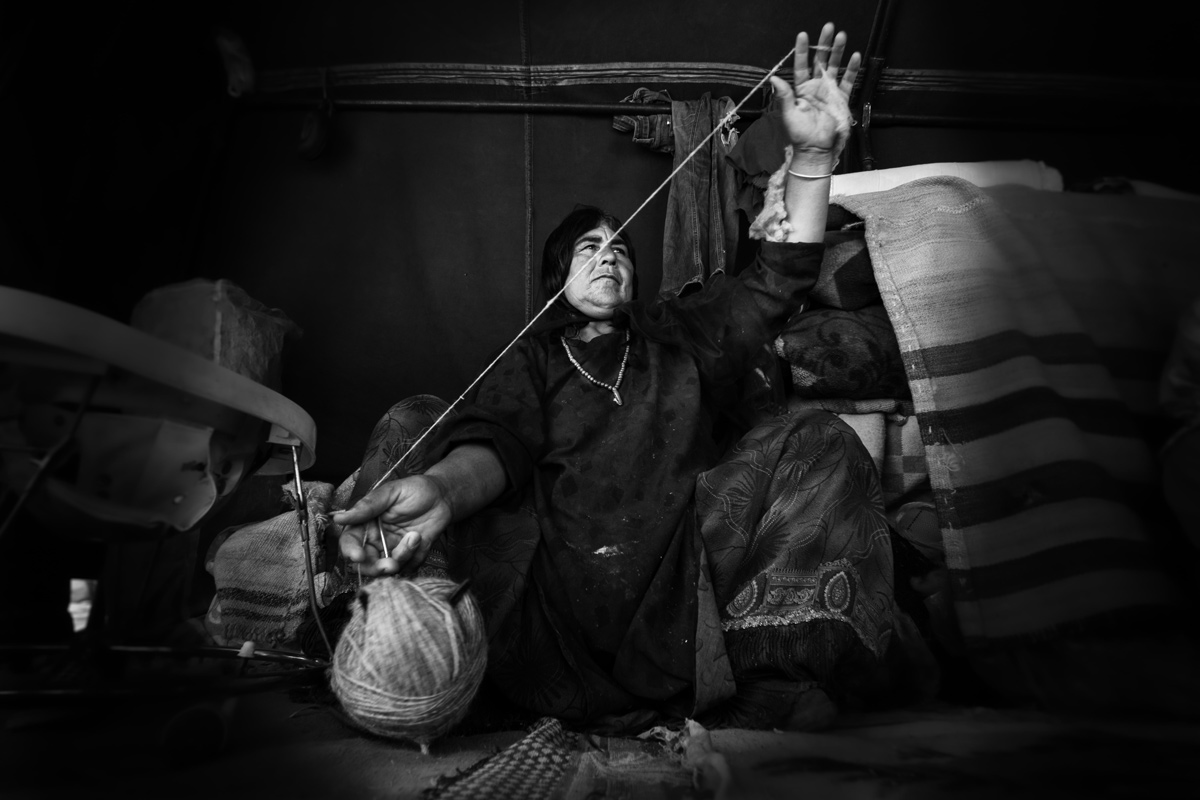
"From a series capturing Ashayer (nomadic) women's lives. It is amazing to observe how narrating tales about bravery, difficult times, and hunting has firmly rooted itself in their daily lives. They pass the stories in this way from one generation to the next. Their secret love is the one tale that has remained untold. They weave Gabbeh (a nomadic carpet or rug) and use it to narrate their stories."

"Not that Baroness Lawrence would want to be memorialised, but the plight of a Black woman seeking justice for the murder of her son is admirable. I used bold block lettering for the keywords 'Mother', 'Stephen' and 'Police', in the hope that this will prompt the audience to engage in the grief of a woman loosing her child."

"Our ‘Becoming Monumental’ is ongoing, alive and collective. Which memories do we hold onto? Which memories feed us and (re)connect us to what we can do? Walking together in the streets in the middle of a racist pandemic, sunlight shines on us and passersby step aside: for a minute or so, we are still while light draws our ‘appearing act’ inside a cardboard-made pinhole camera.
We walk back to the decaying Chisenhale building that once rose from the ashes of houses bombed during the Blitz. There, we reveal images in our makeshift darkroom. When we see ourselves appearing slowly in the developing tray, we know something unique has happened. That photographic moment is infused with our stories and informed by our differences, relating us through the taste of the bánh mì we have shared."
Photographer Carô Gervay, psychologist Lili Ly and linguist Hoa Le initiated the ongoing project Reframes, through which Vietnamese women gather, create and study collectively. This image was produced in collaboration with Linh Chu, Giang Nguyen, Linda Tieu and Hong Nguyen.

"Mass Paths is a series of handcrafted photographs, landscapes of the Irish countryside embedded with absence. They portray the traces of paths walked by Catholics to reach illegal mass during penal times. The Penal Laws were imposed on Catholics in Ireland in 1695 and religion was prohibited. The Church was kept alive by operating under great secrecy."
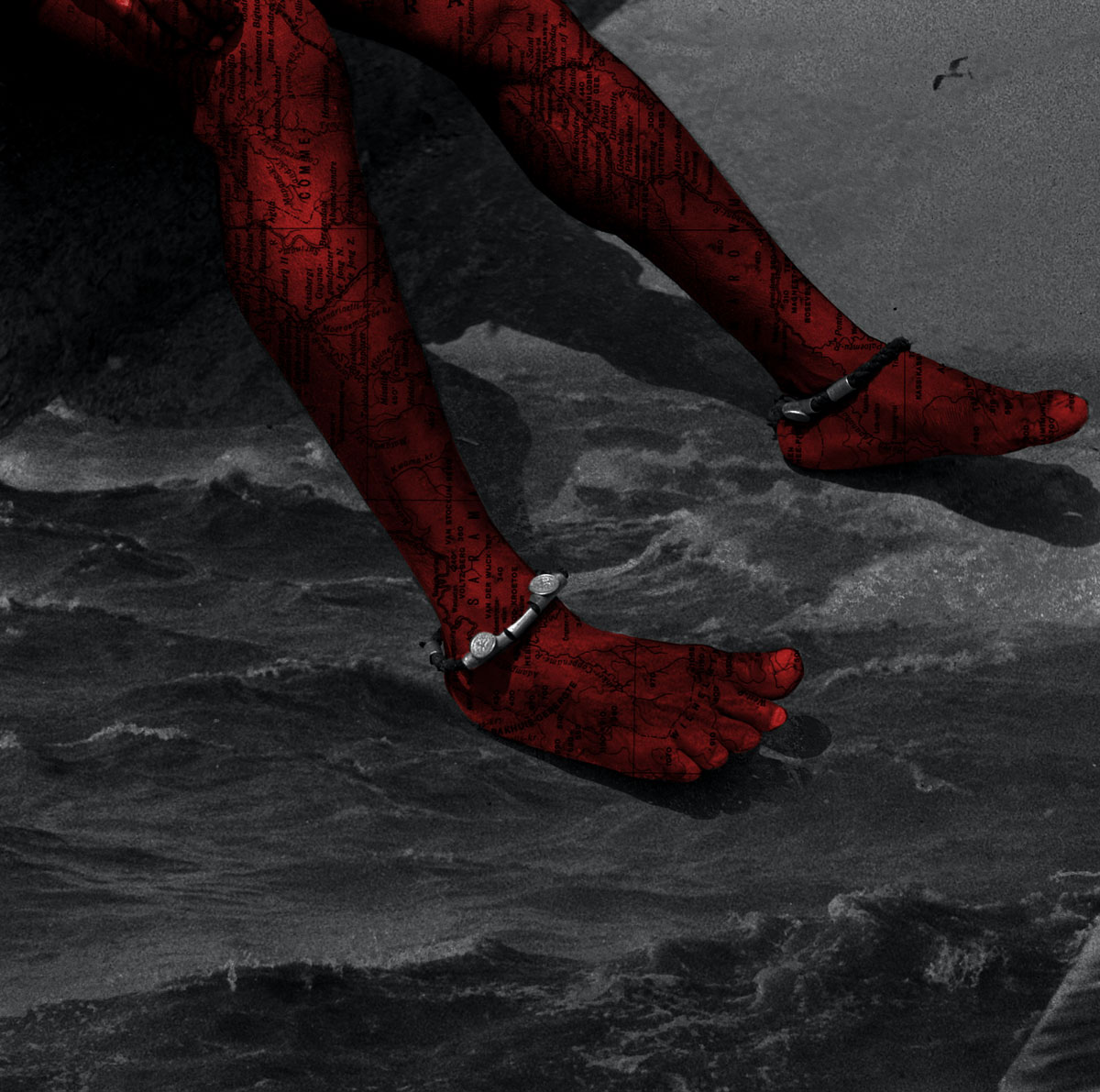
The ocean is a puddle of history and secrets.
Some are still carrying the weight of the salt water.
Once ships arrived, taking what is not theirs.
Sailing towards possession of land and human beings.
The deep blue as a pathway for the largest migration and a collective trauma.
On the same oceans, boats carried supplies back.
Identities washed away with the waves.
The ghosts of the death are haunting the triangle.
If you are silent, you can hear the chains.
While the waves do her round, the ocean will behold the terror.
History with the aftertaste of salt water.
A cup of coffee, with a spoon of sugar and sweat of those longing for freedom.
When will we decolonize our waters?
Sowtu Watra explores the colonial relationship between the Netherlands, the sea and Suriname.
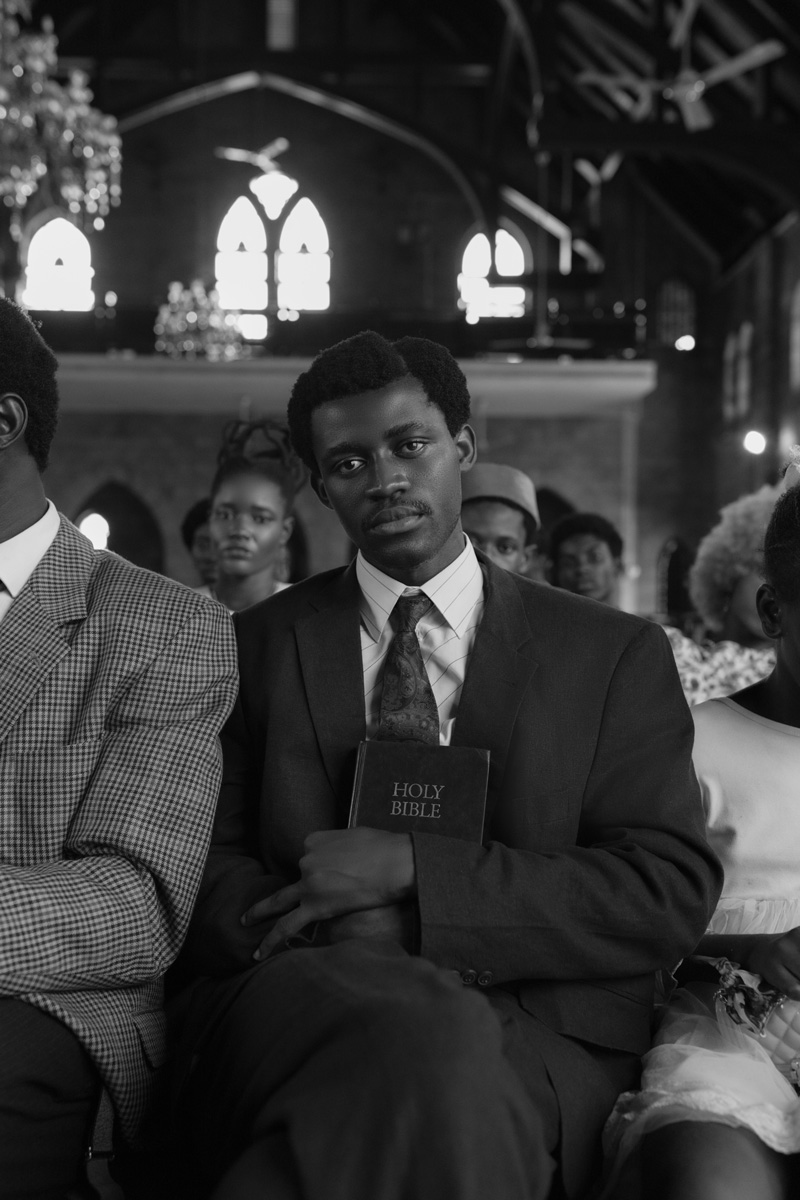
"As part of my photo series Sunday Special, I made this photograph as a requiem for my late dad. My father was my first lead-in to the Christian faith. I saw him read the Bible every morning, and whenever he gave me some advice about life, he referenced a scripture or two. I couldn't make a memoir of him without his favourite book; a book that welded his opinions and values over the years.
Firmly placing the Bible on the chest of my subject in this photograph is intended to evince how central our beliefs are to our actions, and how our convictions eventually become second nature."
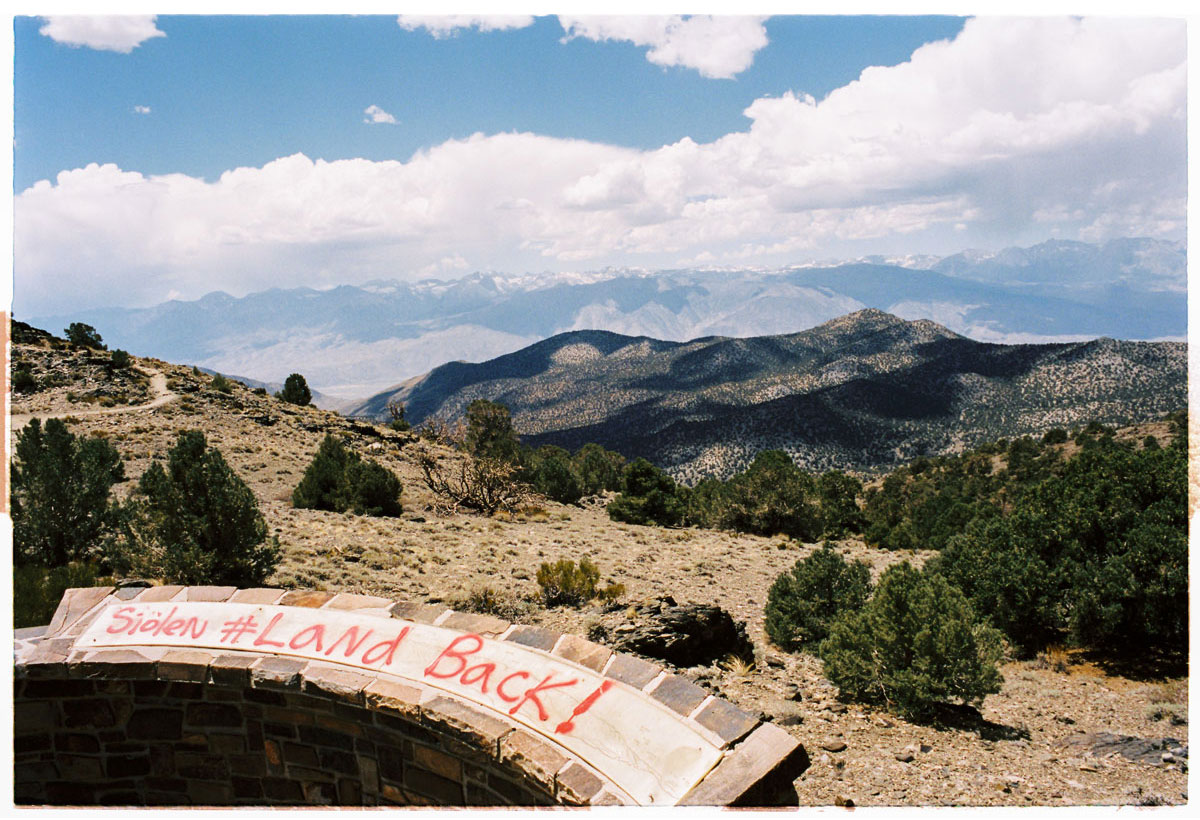
"Red graffiti sprayed across a panorama sign describing the settler names of mountain peaks in the Eastern Sierra Nevada, which overlooks Payahuunadü (Owens Valley), the ancestral territory of Nüümü (Paiute) people. Tumanguya is the original Nüümü placename for Mount Whitney: the tallest peak in the contiguous United States, off to the left side of the image slightly beyond view.
The processes of indigenous land return in California are currently accelerating and with them comes the realities of strengthening cultural sovereignty, territorial healing and indigenous autonomy - all pathways leading towards the growing potential for decolonisation in the present and future."

"Athazagoraphobia - the fear of being forgotten - the other side of being memorialised. This is a digital collage from a photograph of a postcard I found entitled 'Strange Woman'. I felt sad that this was her epitaph and that all that is left of her is this rather unusual portrait. I turned her into a statue, made her monumental and then collaged over her, to show her suffering the same indignities that most statues and monuments suffer; they lose relevance as they lose context with the passage of time."
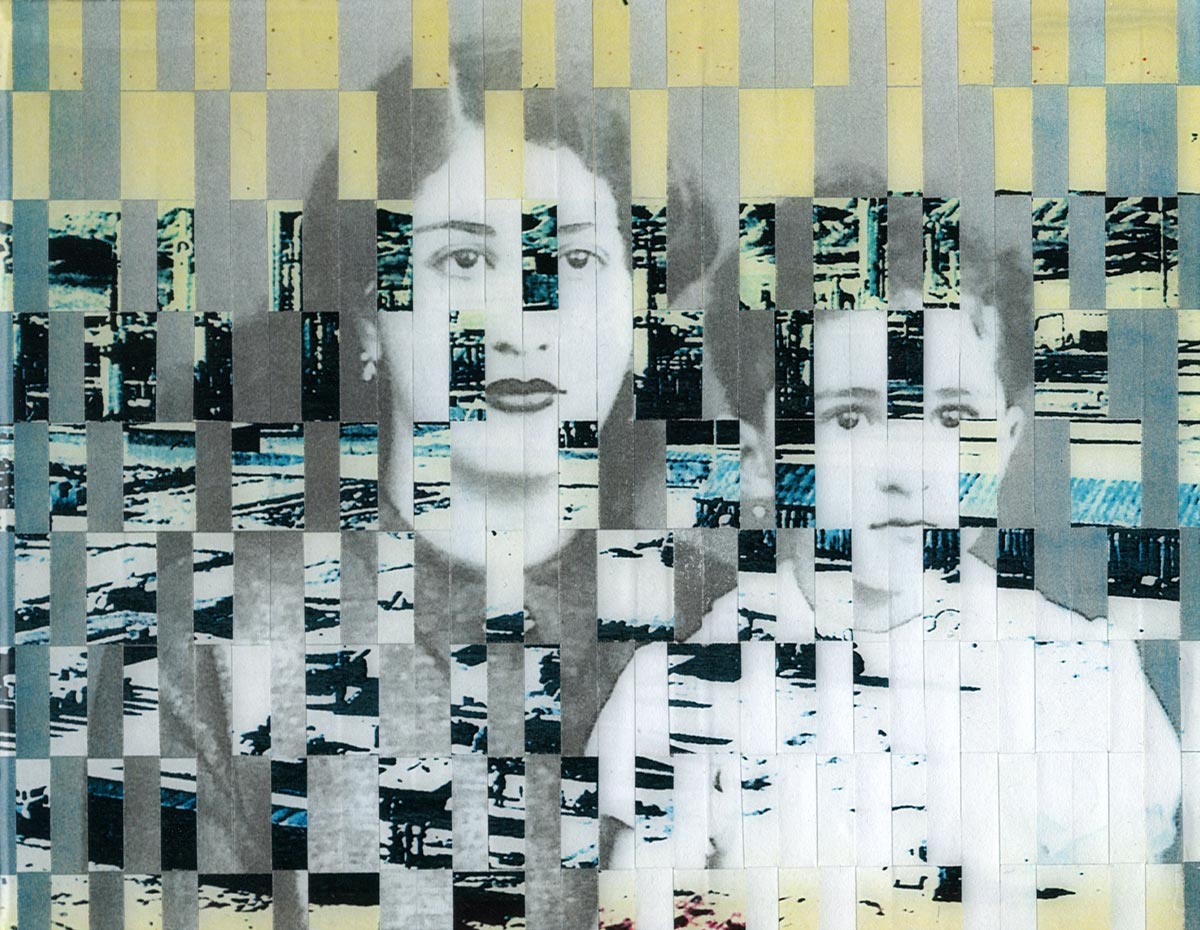
"My work is based on weaving archival photographs together with a focus on the wider concepts of memory and cultural identity. I explore how memories of our experiences can contribute to our perceived identities.
I apply the interwoven images to birch plywood surfaces that are then sanded and varnished, resulting in a three-dimensional object. I attempt to describe the memories of people and the weavings are a pictorial description of the memory process. For me, photography is the documentation of who we are, what we do; a record of a moment in time. While the photographic medium is the starting point of my practice, I experiment with image manipulation to better illustrate my ideas concerning cross-cultural perspectives on identity." - Ahmadzadeh

From the series Unsere Puppenstube.
"In this series, my younger sister Masantu, who was adopted from Ethiopia at the age of three into our German-American family, interacts with a dollhouse that has been in our family for four generations. In this image, Masantu hangs her own black and white portrait on the dollhouse’s family photo wall, symbolizing the legitimacy of her claim to our family history despite ignorant objections.
The other images on the wall are from our family’s archive, including a color the image on the left-hand side of my mother and me from the 1990s. The Hummler family has kept meticulous photographic and written records, giving me the ability to trace our lineage as far back as 1680. Each photograph includes the date taken, the day the person was born, where they were born, and their original last name, if they were later married. While looking through these records for this photo series I learned a lot about our family's involvement in World War II, a dark history to reckon with." - Hummler
11 Nov 2022 - 25 Mar 2023
Free exhibition at Autograph's gallery in London
All images © and courtesy the artists.
Banner image: Francesca Hummler, Der Stammbaum [detail] from the series Unsere Puppenstube, 2021. Courtesy the artist.
Discover more images: 1) Sasha Huber, Tailoring Freedom – Renty [detail], 2021. Metal staples on photograph on wood, 97 x 69 cm. Courtesy the artist and Tamara Lanier. Original image courtesy the Peabody Museum of Archaeology and Ethnology, Harvard University (R35-5-10/53037). 2) Book cover of Sasha Huber: YOU NAME IT, co-published 2022 by Autograph, The Power Plant and Mousse Publishing. 3) Don Travis, Bilqees and Lola, © the artist and courtesy of Future Hackney.

Autograph is a place to see things differently. Since 1988, we have championed photography that explores issues of race, identity, representation, human rights and social justice, sharing how photographs reflect lived experiences and shape our understanding of ourselves and others.